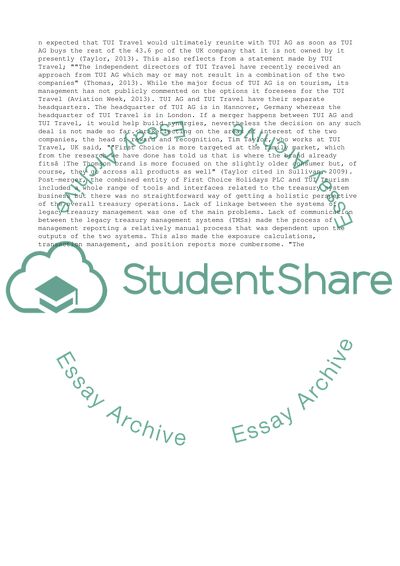Cite this document
(Management and Organisational Behaviour Essay Example | Topics and Well Written Essays - 3000 words - 1, n.d.)
Management and Organisational Behaviour Essay Example | Topics and Well Written Essays - 3000 words - 1. https://studentshare.org/human-resources/1798377-management-and-organisational-behaviour
Management and Organisational Behaviour Essay Example | Topics and Well Written Essays - 3000 words - 1. https://studentshare.org/human-resources/1798377-management-and-organisational-behaviour
(Management and Organisational Behaviour Essay Example | Topics and Well Written Essays - 3000 Words - 1)
Management and Organisational Behaviour Essay Example | Topics and Well Written Essays - 3000 Words - 1. https://studentshare.org/human-resources/1798377-management-and-organisational-behaviour.
Management and Organisational Behaviour Essay Example | Topics and Well Written Essays - 3000 Words - 1. https://studentshare.org/human-resources/1798377-management-and-organisational-behaviour.
“Management and Organisational Behaviour Essay Example | Topics and Well Written Essays - 3000 Words - 1”. https://studentshare.org/human-resources/1798377-management-and-organisational-behaviour.


